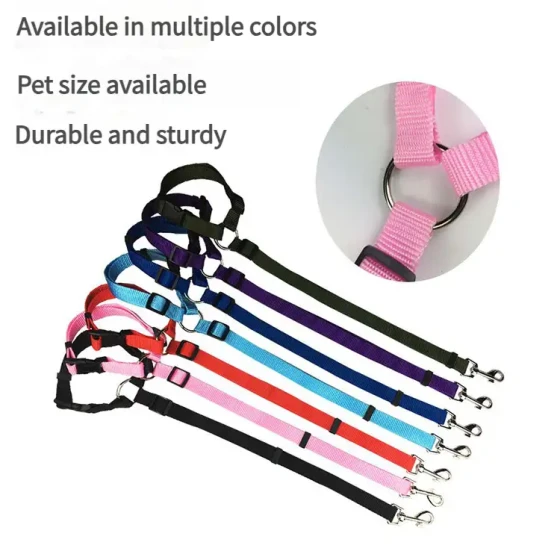How to Determine If a Dog Is Overweight

Saint Bernard (Detailed Introduction)
Obesity is not a serious problem, but it does have certain effects on the body and daily life. Therefore, we should try to keep our dogs at a normal body size to prevent them from becoming too fat. Regarding the dog's obesity problem, we should discover it early and then gradually improve. So how do you determine if a dog is overweight? Let's discuss some methods.
1. Use your hands to feel
Like a "quilt": For a dog with normal weight, when touching its body, from the chest to the back thighs, you can clearly feel the individual ribs; but if the dog is overweight, it is difficult to feel the spaces between the ribs when touching, as if your fingers are pressing on a quilt, soft and you can't feel the bones.
2. Use your eyes to look
Like a "table": If you inspect by appearance, because the dog is overweight, excess fat accumulates in the abdomen, looking like a sagging big belly; the most obvious is looking from above the dog's back downward—if the dog is overweight, its back looks like a flat, square table because the excessive fat accumulates on both sides of the ribs, causing a flat upper back. These are some key points to judge if a dog is overweight by appearance.
3. Use your senses
Also "lazy" and "panting": In addition, excessive obesity in dogs is reflected in their lifestyle behavior, becoming more sluggish, reluctant to move, or panting after slight movement, seeming uncomfortable. At this time, the dog might really need to lose weight.
Though obesity might not seem like a big issue, an overweight dog faces many inconveniences in life, and the probability of some diseases increases significantly for overweight dogs. Therefore, we need to pay more attention, watch their diet carefully, and exercise more to keep dogs in normal body condition and avoid excessive obesity.



